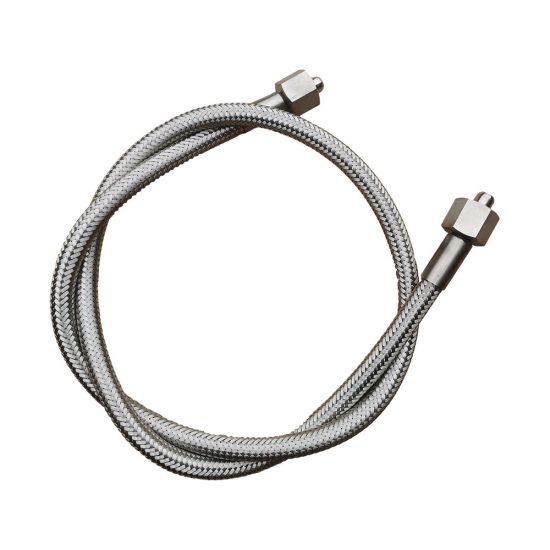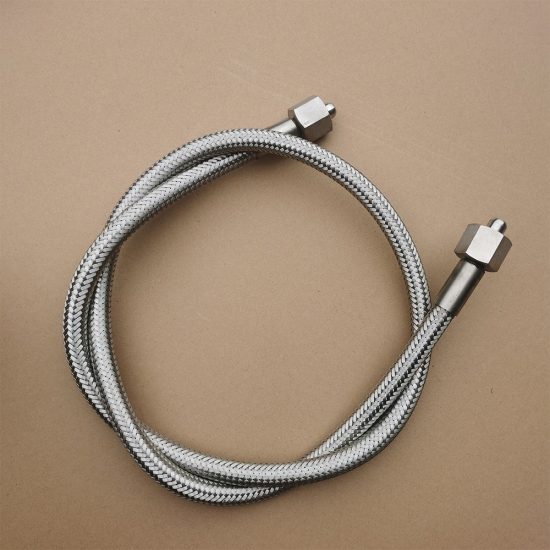The production of hoses, like many other industrial processes, has environmental implications stemming from various stages of manufacturing, material sourcing, energy consumption, waste generation, and end-of-life disposal. The environmental impact of hose production includes:
- Raw Material Extraction: The extraction and processing of raw materials, such as rubber, plastics, metals, or synthetic compounds, used in hose production can have ecological consequences. This includes resource depletion, habitat destruction, and pollution from mining or harvesting activities.
- Energy Consumption: The manufacturing process of hoses involves substantial energy usage, particularly in the heating, molding, extrusion, and curing of materials. Energy-intensive processes contribute to greenhouse gas emissions, air pollution, and reliance on non-renewable energy sources unless sustainable energy practices are adopted.
- Chemical Usage and Pollution: The production of hoses often involves the use of chemicals, solvents, and additives for material processing, curing, and shaping. Improper handling or disposal of these substances can lead to soil or water pollution, affecting ecosystems and human health.
- Water Usage: Manufacturing processes typically require significant amounts of water for cooling, cleaning, and various production stages. Water usage, if not managed properly, can lead to water scarcity issues and strain local water resources.
- Waste Generation: Hose production generates waste materials such as trimmings, scrap, or defective products. If not managed efficiently, this waste can contribute to landfill accumulation, increasing environmental burden and potentially causing soil and groundwater contamination.
- Transportation and Distribution: The transportation of raw materials to manufacturing facilities and the distribution of finished hoses can result in emissions from fossil fuel-powered vehicles, contributing to air pollution and greenhouse gas emissions.
- End-of-Life Disposal: When hoses reach the end of their useful life, disposal methods can impact the environment. Improper disposal in landfills can lead to leaching of harmful chemicals into soil and groundwater. Recycling or reusing hoses can mitigate this impact, but recycling processes also consume energy and resources.
Efforts to mitigate the environmental impact of hose production include:
- Materials Innovation: Developing eco-friendly materials or using recycled content to reduce reliance on virgin resources and minimize environmental impact.
- Energy Efficiency: Implementing energy-efficient manufacturing processes, utilizing renewable energy sources, and optimizing energy usage to reduce carbon footprint.
- Waste Reduction and Recycling: Implementing strategies to minimize waste generation and promoting recycling or reuse of materials to extend product life cycles.
- Regulatory Compliance and Standards: Adhering to environmental regulations, certifications, and sustainable manufacturing practices to minimize negative impacts on the environment.
Companies in the hose manufacturing industry are increasingly focusing on sustainability initiatives, adopting cleaner production methods, and implementing eco-friendly practices to minimize the environmental footprint associated with hose production.

